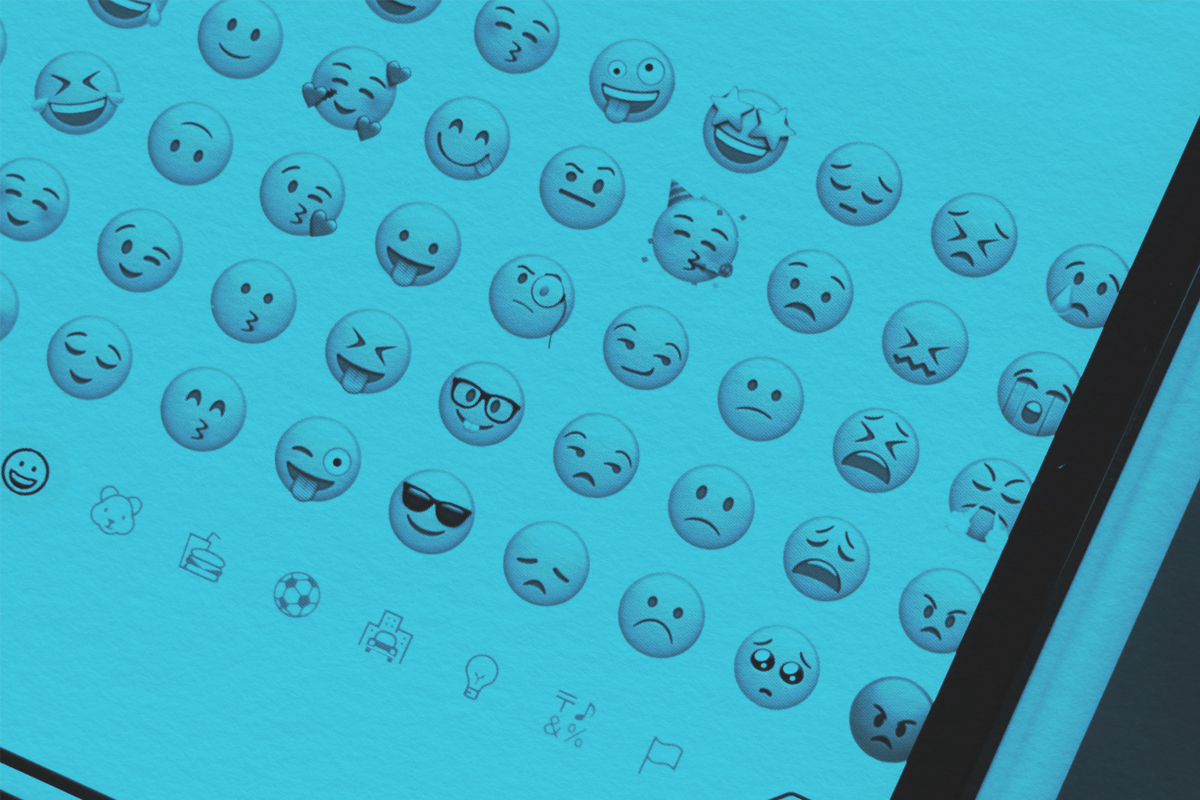
Sarcasm is a form of verbal irony in which the speaker’s intended meaning is opposite to their literal words — for example, when someone mumbles, “What a great day,” after just missing the bus. It can bring humor, but it can also sting, reminding us just how powerful words can be. The etymology of “sarcasm” offers insight into its nature. It was derived from the Greek sarkazein, meaning “to speak bitterly” or “to sneer” but literally translating to “to strip off the flesh (like dogs).” This origin certainly paints a vivid picture of the power of sarcasm.
In modern times, understanding sarcasm is more difficult than ever due to generational divides and the emergence of new forms of communication technology. But for all its challenges, sarcasm can be a nuanced form of expression used to enhance our daily connections.
Verbal sarcasm plays an integral role in human communication. Our understanding of it begins at a young age — many children can identify sarcasm and use it by the time they reach kindergarten. In one study of telephone conversations in the U.S., the phrase “yeah, right” was used sarcastically almost one-quarter of the times it was said.
This form of sarcasm is relatively easy to pick up on, but when we lose indicators such as vocal tone, facial expressions, and body language, we miss out on context. In three separate studies, psychologists at Chatham University concluded that, in general, we’re bad at detecting and gauging the emotional tone of emails. Most surprisingly, the results were poor regardless of whether a friend or a stranger sent the message. So, the next time you’re about to write a snarky or teasing text, you may want to consider its possible interpretations before hitting “send.”
Another of Chatham University’s studies showed that readers could recognize a sender’s anger but couldn’t gauge its intensity. This nuance is crucial in sarcasm. While the sender might be only slightly annoyed, a reader could misinterpret the message as if the sender were furious. Say you tell a friend you lost their sweater and they text back, “That’s just great, thanks!” You have no way of knowing how angry they really are.
While sarcasm can foster rapport among friends, family, and co-workers who share a common understanding, it can also alienate or confuse those unfamiliar with the tone or context of the conversation. When we dish out the linguistic version of side-eye, we’re hoping the reader grasps this nuance without the need for face-to-face communication.
Sarcasm isn’t just about what you say; it’s how you say it. And despite its potential for misinterpretation, digital sarcasm is a natural result of people communicating in new ways. There are tools to help prevent ambiguity in your sarcastic messages by adding clarity, humor, and a touch of snark. Experts refer to these mechanisms as “textual paralinguistic devices.” Emojis, excessive capitalization, typed laughter, repeated letters, and excessive punctuation are all elements of this modern, nonverbal communication style. Each of these can convey a variety of emotions or tones, including sarcasm.
Punctuation — including ellipses, quotation marks, exclamation points, and asterisks — plays a big role in this phenomenon. If you ask your friend, “How was the interview?” and they respond, “It went great…,” you might infer that it actually went poorly. The use of ellipses in this manner reveals a generational divide. Younger generations use them to convey confusion, passive aggression, sarcasm, or uncertainty, while older generations use them more traditionally to separate thoughts or simulate spoken pauses.
Capitalization and italics work overtime in sarcastic situations, too: “It went GREAT” could be excited or sarcastic, depending on what they say next (context is key with textual sarcasm). Still, alternating capitalization almost always delivers sarcasm, as in, “It went gReAt.” This style, intended to mimic a singsong or mocking tone of voice, is seen across social media posts and memes.
The newest tool for displaying sarcasm is the emoji. Used across social media platforms and in text messages, these tiny icons can help clear up ambiguity and convey tone. For instance, adding the Face With Rolling Eyes 🙄 or the Unamused Face 😒 after a cryptic text can clarify the intended meaning: “The interview went great 🙄” or “I’m SO excited for the party 😒.” Similarly, the Eyes 👀 emoji, which often implies that something is foolish, can be used alongside sarcasm, as in, “They SAID they’d finish it on time 👀.”
Some of these digital expressions can be interpreted quite differently, depending on which generation you ask. Psychologists note that older generations tend to use intuitive and straightforward emojis to avoid confusion. In comparison, younger generations often use emojis to express complex emotions and social intentions, including sarcasm. As a result, older generations may feel puzzled (🤔) while trying to interpret these messages.
For instance, even a simple Grinning Face 😀 can indicate pure sarcasm from a Gen Zer. “I failed my final 😀” conveys the same sentiment as “I failed my final 😡.” Older generations might be confused as to why a person would smile over a bad grade, while younger generations see the angry face as too on the nose, opting instead for a sarcastic grin. Similarly, the Upside-Down Face 🙃 can add sarcastic humor to a difficult situation: “I ruined my new shoes in the rain 🙃.” Even a well-placed Thumbs Up Sign 👍 can deliver sarcasm.
While sarcasm remains a vital part of language, it’s essential to consider your audience when using it in text, especially when there is a generational gap. Used correctly, however, linguistic sarcasm can be one of the most creative forms of digital communication, rich in nuance and humor, providing a playful way to connect with others.





















